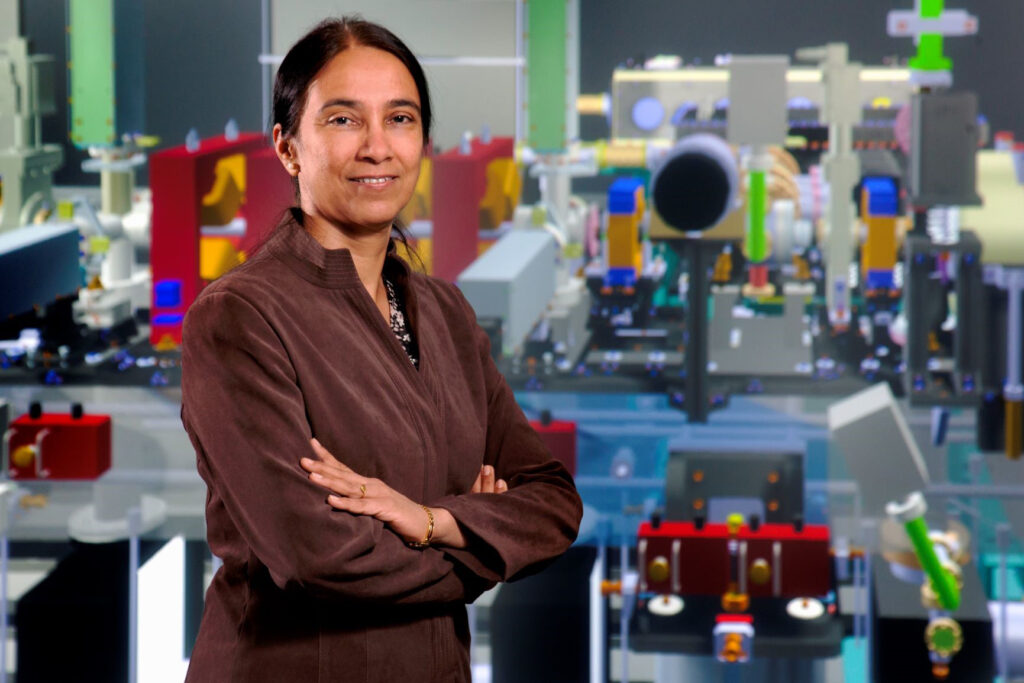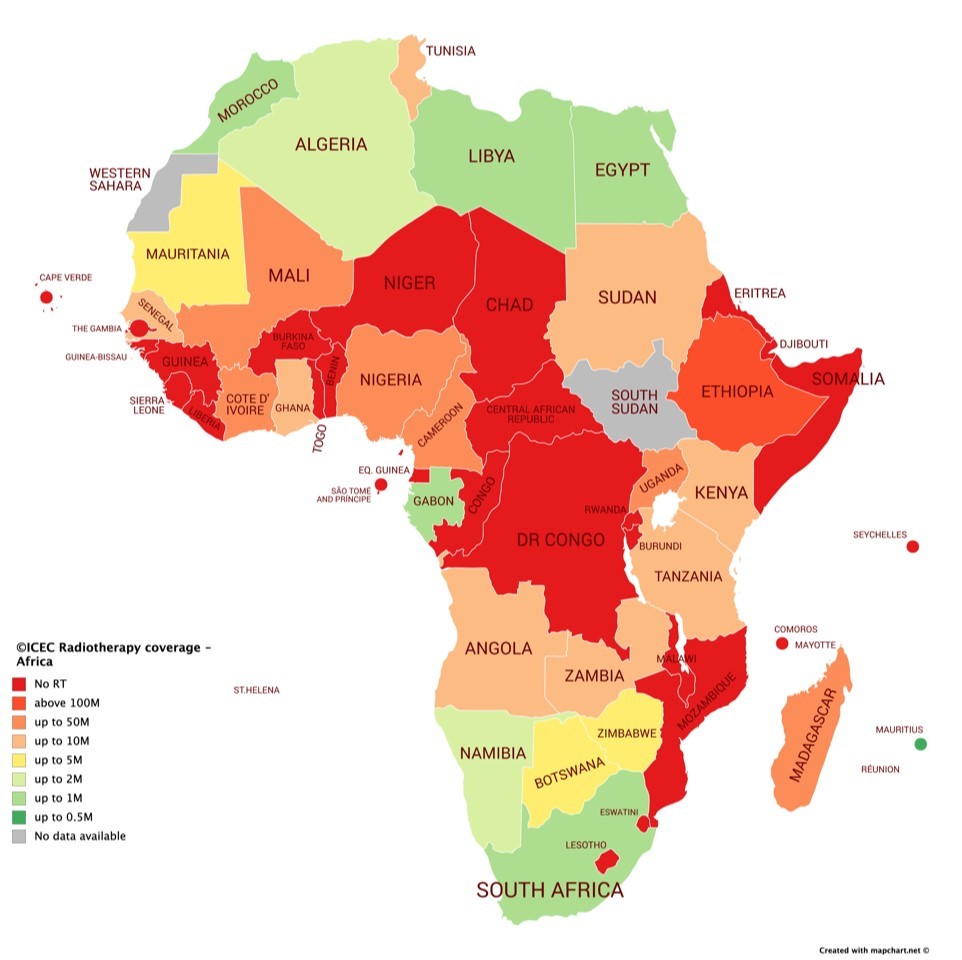The Cockcroft Institute is taking part in a new project to design and develop new radiotherapy technologies in Sub-Saharan Africa, giving more cancer patients access to radiotherapy, and saving lives.

Credit: STFC
Bringing together international experts in accelerator design, medical physics and oncology, alongside IT experts and health system researchers, the project will design and develop a new type of radiotherapy machine that is affordable and robust enough to be used in more challenging environments reliably, and is specifically designed to meet the needs of African hospitals.
By 2040, there will be 27.5 million new cancer cases worldwide each year, leading to more than 13 million deaths. Up to 70% of these will occur in low and middle-income countries (LMICs).
However, for many LMICs in Africa there is an acute shortage of radiotherapy machines. In fact, in the lowest income countries only four percent of cancer patients that need radiotherapy treatment can access it. There are currently only 385 radiotherapy machines in the region, and 60 per cent of these are located in just three countries – South Africa, Egypt and Morocco. A recent report [1] published by the Lancet Oncology Commission estimated that by 2035 at least 5,000 additional radiotherapy machines would be needed to meet radiotherapy demands in low and middle-income African countries.
In the first phase of this innovative project, which is funded by STFC and led by the Universities of Lancaster and Oxford, the team will define the persistent shortfalls in basic infrastructure, equipment and specialist workforce, which remain barriers to effective radiotherapy delivery in Sub-Saharan Africa, and develop new solutions leading to a detailed specification and conceptual design. The project, known as ITAR (Innovative Technologies towards building Affordable and equitable global Radiotherapy capacity), will then progress to a prototype development phase of a medical linear accelerator for radiotherapy, at STFC’s Daresbury Laboratory.
The University of Lancaster’s Professor Graeme Burt, also of the Cockcroft Institute, is leading the first phase of the ITAR project. He said: “Current radiotherapy machines are optimised for use in western countries. The ITAR project aims to design specifically for use in Africa making it far more tolerant to the local environment, which will greatly increase the capacity for more lives to be saved.”
STFC’s Professor Deepa Angal-Kalinin, also of the Cockcroft Institute and University of Manchester, will lead the accelerator design. She said: “I am keen to apply the knowledge and expertise at Daresbury Laboratory to develop a novel medical linear accelerator design in this phase of the project which will prepare us to build a prototype to test our new ideas.”

The ITAR project is a critical part of a larger international project that includes the International Cancer Expert Corps (ICEC), CERN, STFC (Daresbury Laboratory), and led by Lancaster and Oxford Universities. It brings together partners from the Cockcroft Institute, STFC’s Accelerator Science and Technology Centre (ASTeC), the John Adams Institute, Swansea University, King’s College London, National Hospital Abuja, Botswana-UPENN Partnership and Princess Marina Hospital alongside many other international partners.
Read the full Lancaster University press release for more detailed information about the ICEC project and its international partners.
[1] Global Task Force on Radiotherapy for Cancer Control (GTFRCC) of the Union for International Cancer Control (UICC) in September 2015.
